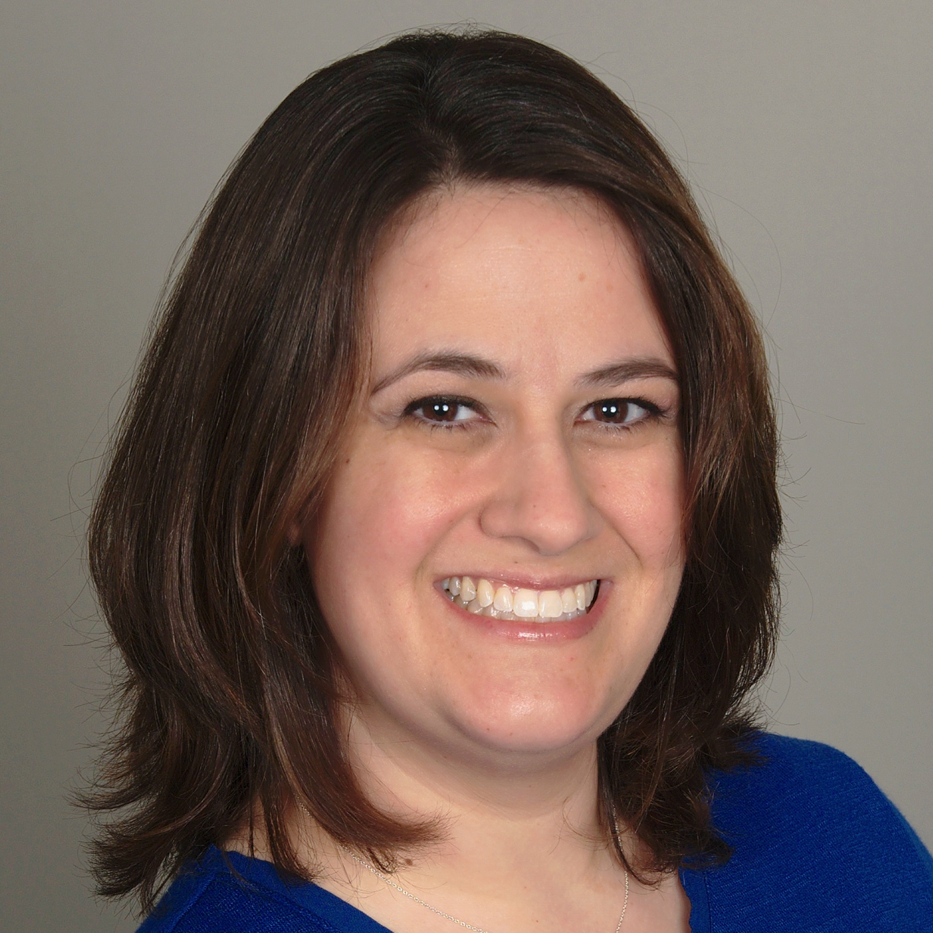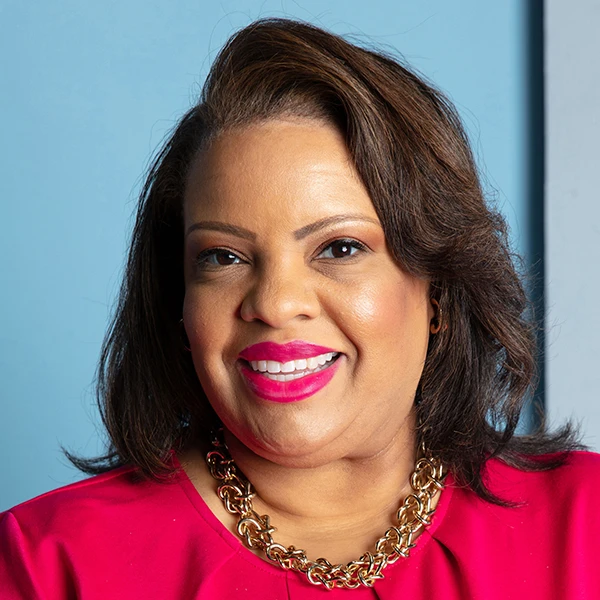Key takeaways:
A community health center (CHC) is a medical clinic located in an underserved area that provides low-cost care. This type of facility, an important part of the healthcare safety net across the U.S., is open to everyone, regardless of insurance status.
A CHC offers medical care, but it may also provide dental, mental health, and pharmacy services. Some locations offer urgent care and substance use disorder treatment.
Typically, care at a CHC is low cost but not free. CHCs accept health insurance. If you’re uninsured or underinsured, you can pay for services on a sliding scale based on your income level and family size.
Regardless of whether you have health insurance, everyone can access care at a community health center (CHC). The first CHCs opened in the 1960s in a Boston public housing development and in a rural Mississippi town. Today, community health centers are located in high-needs areas in every state and territory and in Washington, D.C. In 2024, 1,500 organizations ran more than 17,000 service sites. CHCs served more than 34 million people in 2024. Every center’s governing board is made up mostly of people who receive care at the facility.
What is a community health center?
CHCs are also known as federally qualified health centers (FQHCs). All these facilities provide primary care, and some offer a wider range of medical services. They are open to everyone regardless of age, insurance status, and ability to pay. Uninsured people are charged for care on a sliding scale basis. This means the CHC provides discounts based on your income level and family size.
These centers receive a significant amount of funding from the federal Health Resources and Services Administration’s (HRSA) Health Center Program. Other revenue comes from Medicare, Medicaid, and private insurance reimbursements, as well as other federal and state grants.
What types of services are offered at community health centers?
CHCs are nonprofit organizations. They provide outpatient primary care for people of all ages, such as:
Checkups and wellness care
Gynecologic care
Preventive screenings
Telehealth
Vaccinations
These sites may also offer:
Dental services, including teeth cleaning
Pharmacy services that provide discounted medications through the 340B Drug Pricing Program
Vision care
CHCs may also provide mental health and substance use disorder services.
Which areas and people do community health centers serve?
By law, a CHC must be located in a medically underserved community — which can be rural, urban, or suburban. CHC care is available to all, including children, older adults, veterans, and people who have health insurance.
Most people who receive care at a CHC have low incomes. About 90% of people served have household incomes at or below 200% of the federal poverty level (FPL).
Free and low-cost health insurance. If you’re eligible, you may be able to find a better deal on a health insurance plan on an Affordable Care Act marketplace, or through a parent’s or partner’s plan.
Affording your prescriptions. If you need help with prescription costs, try filling greater quantities of your medication, find patient assistance programs, and explore manufacturer savings programs.
Electronic benefits transfer (EBT) buys more than food at the store. With your EBT card, you can use your SNAP benefits (formerly known as food stamps) to buy food online as well as seeds and plants.
What other names do community health centers go by?
In addition to federally qualified health centers, there are other terms for CHCs. They include:
Migrant health centers
Homeless health centers
Public housing primary care centers
Federally qualified health center look-alike, FQHC look-alike, and health center program look-alike
What is the difference between a federally qualified health center or community health center and a look-alike?
FQHC look-alikes are also low-cost medical clinics. They meet HRSA Health Center Program requirements but don’t receive the same funding as CHCs. These centers allow more people to have access to affordable healthcare.
Read more like this
Explore these related articles, suggested for readers like you.
Do community health centers offer medical care for free?
CHCs generally don’t provide free care. But some people may receive services at no charge if they can’t afford to pay.
Can you go to a community health center if you don’t have insurance?
Yes. You can receive care at a CHC if you don’t have health insurance. CHCs use a sliding scale system for people without insurance, which means you’ll be charged based on your income and household size.
Costs for receiving care at a CHC vary, but you can often find price information on a center’s website. For example, Penobscot Community Health Care in Maine reports that people pay $10 to $55 for a medical visit based on its sliding-fee program for people without insurance. Dental cleanings range from $35 to $75 for people with incomes below 200% of the FPL. People who earn more pay the center’s full fee. The Community Health Center of Southeast Kansas charges as little as $15 per medical visit.
Why are community health centers important?
CHCs provide affordable access to care and care coordination close to home for people who may otherwise skip or delay essential medical services. They improve healthcare quality and provide better outcomes at a lower cost. Care at CHCs also reduces ER visits and hospital stays.
CHCs achieve these results by reducing obstacles such as:
Cost
Distance
Lack of insurance
Language and communication barriers
Frequently asked questions
Most CHCs don’t provide emergency care. Emergency care is generally for a life-threatening illness or injury — and that’s when you go to a hospital ER. Urgent care is for treating conditions that are not life-threatening but can’t wait, such as minor burns, cuts, broken bones, fever, and rashes.
Medicare Part B covers many of the primary care and preventive services offered at CHCs and in other healthcare settings. After meeting the Part B annual deductible, original Medicare enrollees typically pay 20% of the charges for a specific Medicare-approved amount, but certain care and vaccines are fully covered without coinsurance or meeting the deductible. Your Medicare Advantage plan may not cover services at a CHC, and your out-of-pocket costs may be different for care received there. Medicaid enrollees have no or minimal out-of-pocket costs when they visit a CHC.
Use the HRSA online search tool to find a CHC near you.
Most CHCs don’t provide emergency care. Emergency care is generally for a life-threatening illness or injury — and that’s when you go to a hospital ER. Urgent care is for treating conditions that are not life-threatening but can’t wait, such as minor burns, cuts, broken bones, fever, and rashes.
Medicare Part B covers many of the primary care and preventive services offered at CHCs and in other healthcare settings. After meeting the Part B annual deductible, original Medicare enrollees typically pay 20% of the charges for a specific Medicare-approved amount, but certain care and vaccines are fully covered without coinsurance or meeting the deductible. Your Medicare Advantage plan may not cover services at a CHC, and your out-of-pocket costs may be different for care received there. Medicaid enrollees have no or minimal out-of-pocket costs when they visit a CHC.
Use the HRSA online search tool to find a CHC near you.
The bottom line
A community health center (CHC) offers low-cost primary care and often provides dental care, mental health, and other services. They are also known as federally qualified health centers. You can receive discounted prescription medication at many CHCs. Some also offer urgent care and substance use disorder treatment. Anyone can receive care at a CHC, even without insurance. The services aren’t free, but you’ll likely be charged affordable prices based on your income and family size.

Why trust our experts?


References
Community Health Center of Southeast Kansas. (n.d.). Frequently asked questions.
Health Resources and Services Administration. (2025.). About the health center program.
Health Resources and Services Administration. (n.d.). Find a health center.
Health Resources and Services Administration. (2018). Chapter 9: Sliding fee discount program.
Health Resources and Services Administration. (2025). What is a health center program look-alike (LAL)?
Health Resources and Services Administration. (2024). Health center program look-alikes.
Health Resources and Services Administration. (2025). Clinical quality improvement.
Health Resources and Services Administration. (2025). Impact of the health center program.
Medicare Learning Network. (2025). Federally qualified health center. Centers for Medicare & Medicaid Services.
National Association of Community Health Centers. (n.d.). Health center funding.
National Association of Community Health Centers. (n.d.). History of community health centers.
National Association of Community Health Centers. (n.d.). What is a community health center?
National Association of Community Health Centers. (2025). America’s health centers: By the numbers.
National Association of Community Health Centers. (2025). 340B drug pricing program.
Office of the Assistant Secretary for Planning and Evaluation. (n.d.). Poverty guidelines. U.S. Department of Health and Human Services.
Penobscot Community Health Care. (n.d.). Affordable care.
Rural Health Information Hub. (2025). Federally qualified health centers (FQHCs) and the health center program


















